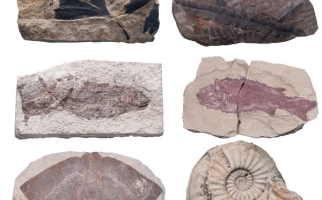
Why Scientists Believe in Evolution
STEM Explained
Scientists have accumulated so much evidence in the theory of evolution that it is one of the most widely-accepted theories in science.
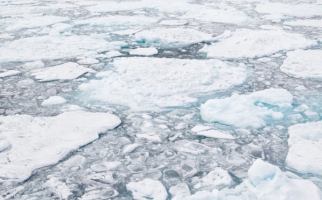
Why Don't Fish Freeze in Cold Arctic Waters?
STEM Explained
Ever wonder how fish survive in the cold waters of the Arctic and Antarctic? It’s partly because of a brilliant evolutionary adaptation.
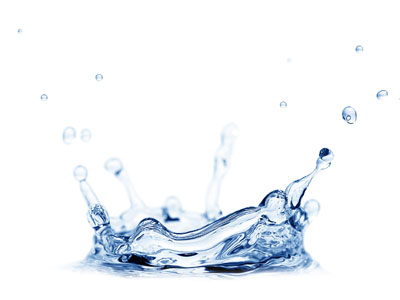
Why is rain not salty?
Hands-on Activities
Make a model of the water cycle and find out how water moves around on planet Earth.

What are the Pros and Cons of Ethanol Biofuel?
STEM Explained
Biofuels like ethanol might help fight climate change. But they can contribute to food insecurity and greenhouse gases in ways that might surprise you.

What are Carbon Offsets?
STEM Explained
Can carbon offsets help you reduce your environmental footprint, practice sustainable living and fight climate change?
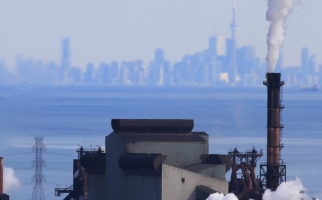
What are Greenhouse Gases?
Backgrounders
This backgrounder explains what greenhouse gases are and how they contribute to climate change.
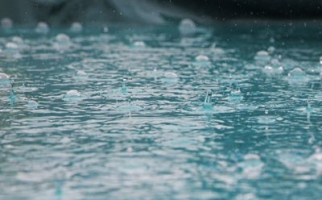
The Water Cycle
Picture Collections
1 diagram illustrating the water cycle
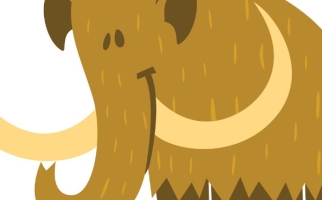
Should Scientists Clone Extinct Species?
STEM Explained
Cloning makes it possible to bring extinct species back to life. But is that a good idea?
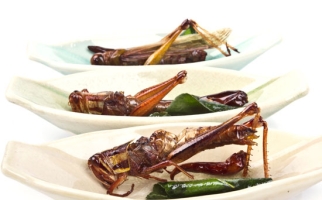
Should We Eat Bugs?
STEM Explained
What's tasty, abundant and high in protein and vitamins? Bugs! Bugs feed about 2 billion people each day. They also hold promise for food security and sustainability.
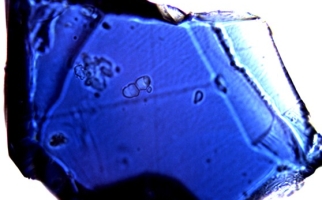
Ringwoodite and the Deep Water Cycle
STEM Explained
The water in the oceans has travelled vast distances. It has even time spent deep below the surface of the Earth, trapped inside the mineral ringwoodite.
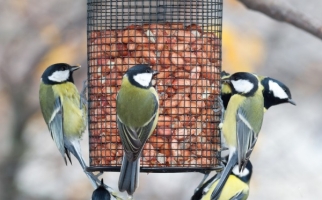
Natural Selection in Your Backyard
STEM Explained
A study on bird feeders and beak sizes shows how an everyday human activity can affect the evolution of another species.
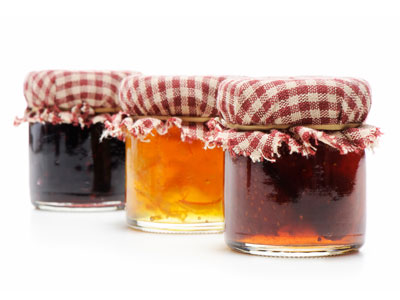
How is food packaged?
Hands-on Activities
Take a closer look at food packaging. Explore why and how food is packaged in different ways.
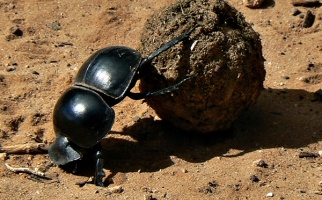
How to Find a Mate When You Smell Like Dung
STEM Explained
Some dung beetles use alternative reproductive tactics to increase their chances of finding a mate. Learn what this tells us about evolution and biodiversity.
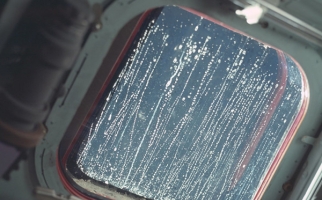
Humidity on Earth and on the ISS
Backgrounders
Humidity is an important part of life on Earth and life in space. This backgrounder explains what humidity is, how it is measured and how it affects us both mentally and physically.
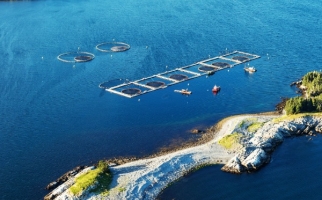
Farmed Salmon vs. Wild Salmon
STEM Explained
Aquaculture is seen as a sustainable way to produce fish. But are farmed salmon better than wild fish?